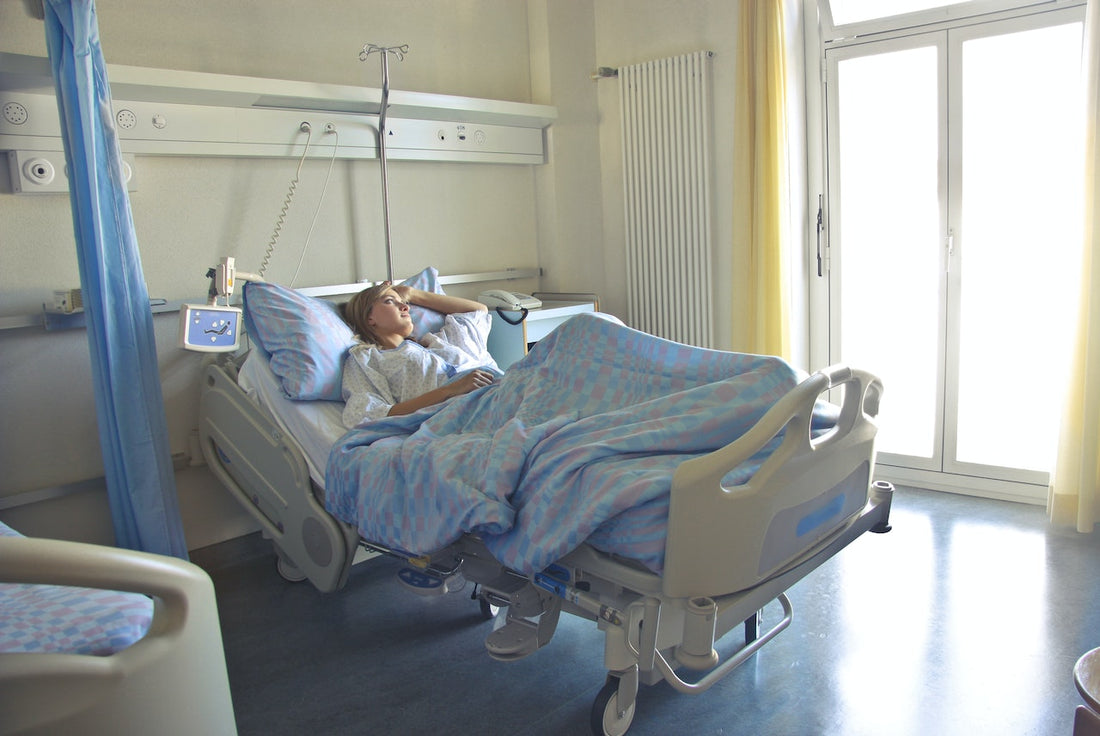Urinary catheters are medical devices used to drain urine from the bladder. They are commonly used in hospitals, nursing homes and other medical settings, but they can also be used in the home.
Catheters can be used to treat a variety of urinary problems, including urinary retention, incontinence, and urinary tract infections. They can also be used to help diagnose certain medical conditions, such as bladder cancer and kidney stones.
The main types of catheters used in the UK include:
1. Intermittent Catheters
These are short catheters that are inserted and removed several times a day to drain the bladder. They can be either straight or curved and are often made of soft, flexible plastic. Intermittent catheters are most commonly used for short-term urinary retention or to empty the bladder before and after urological surgery.
2. Indwelling Catheters
These are longer catheters inserted and left in place for several days or weeks. They are usually made of latex or silicone and are more rigid than intermittent catheters. Indwelling catheters may be used to manage long-term urinary retention, empty the bladder after surgery, or administer medications.
3. Condom Catheters
A condom catheter is a device used to collect and manage urine in patients with urinary incontinence. It is typically made of either latex or silicone and is designed to fit securely around the penis. The catheter is attached to a tube that connects to a collection bag, which is attached to the patient’s thigh.
How to Properly Use and Care for a Catheter
When inserting a catheter, it is important to take all necessary precautions to reduce the risk of infection. This includes washing hands, wearing gloves and using a sterile catheter. The catheter should also be inserted gently, and any discomfort should be reported to a doctor or nurse immediately.
It is also important to know how to care for a urinary catheter. This includes emptying and cleaning the catheter bag regularly, changing the catheter and bag as needed, and monitoring for any signs of infection. Once the catheter is removed, it is important to clean the area where it was inserted with an antiseptic solution to reduce the risk of infection.
What Are the Possible Complications of Using a Catheter
Despite their widespread use, there are some possible complications associated with using a catheter.
Infection: Infection can be caused by bacteria entering the body through the catheter. Infections can occur in the bladder, urethra, or kidneys and can cause a variety of symptoms, including fever, chills, pain, and difficulty urinating.
Urethral Damage: Urethral damage can occur if the catheter is inserted too far or if the catheter is moved around too much. Damage to the urethra can cause pain, bleeding, and even blockages.
Blood Clots: Using a catheter can also increase the risk of developing blood clots. These clots can form in the bladder, urethra, or veins, and can be dangerous if they travel to other parts of the body.
Allergic Reactions: In some cases, people may experience an allergic reaction to the material of the catheter. This can cause itching, hives, and swelling, and in some cases can be life-threatening.
Bladder Irritation: Using a catheter can also irritate the bladder, causing pain, burning, and difficulty urinating. This can be a sign of infection or irritation caused by the catheter itself.
If you have any questions about urinary catheters, or if you have any concerns about their use, it is important to talk to a doctor or nurse. They will be able to provide you with more information and advice about your particular situation and determine the best course of action to help keep you safe and healthy.
Conclusion
Urinary catheters can be a great help in certain cases, but they can also cause a lot of problems if they are not managed properly. So it's important to understand the differences among catheters, the potential risks, and how to properly care for them. That way, you can make sure that you are using a catheter with confidence and get the most out of it without any complications.
At UKMEDI, we are proud to offer a comprehensive selection of medical supplies to meet the needs of any healthcare provider. From syringes and needle kits to gloves andcatheter clamps, our products are designed to help you provide the highest quality of care to your patients. We also offer other accessories, such as suction catheters and collection bags, to help you provide a complete and comprehensive care package. Let us ensure that you have access to the supplies you need when you need them. Browse through our collection of medical supplies today!

